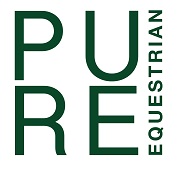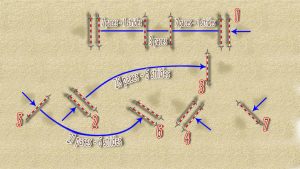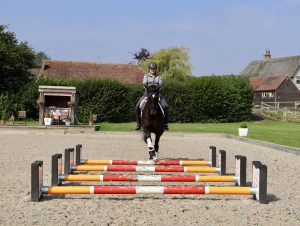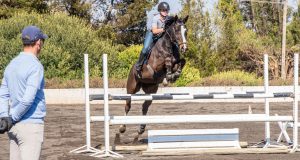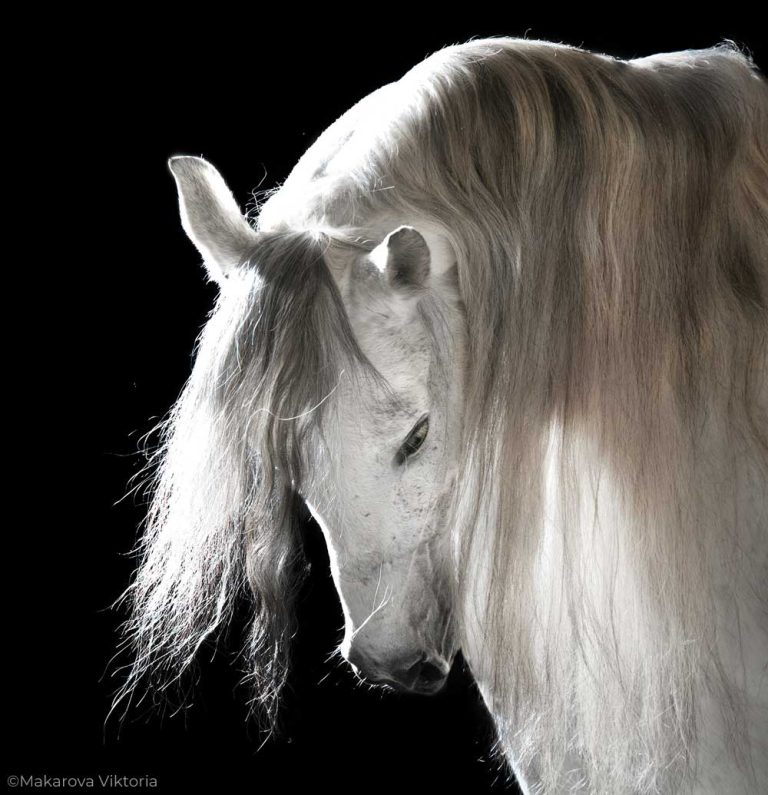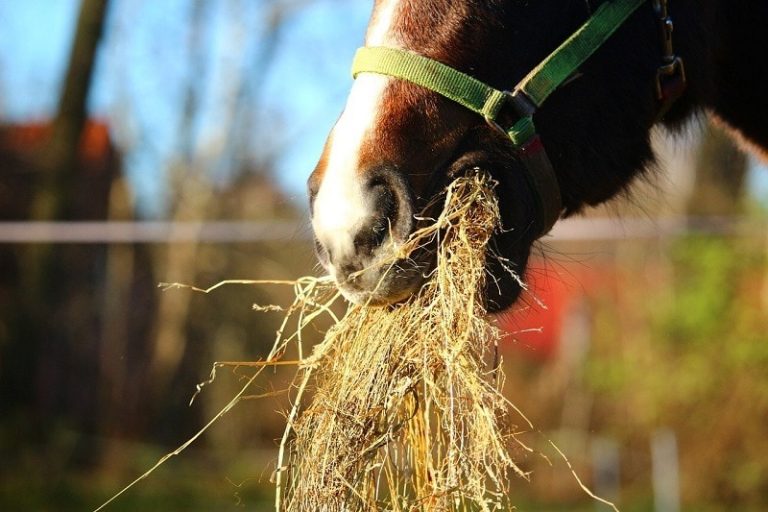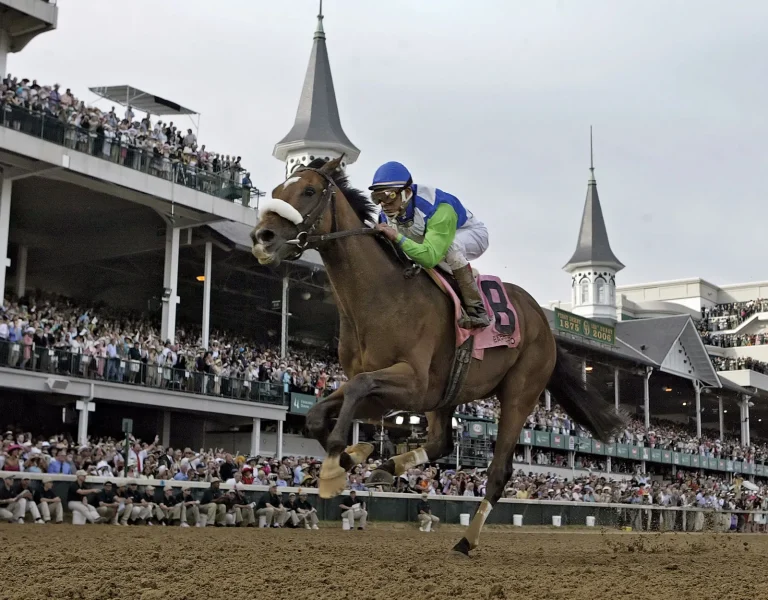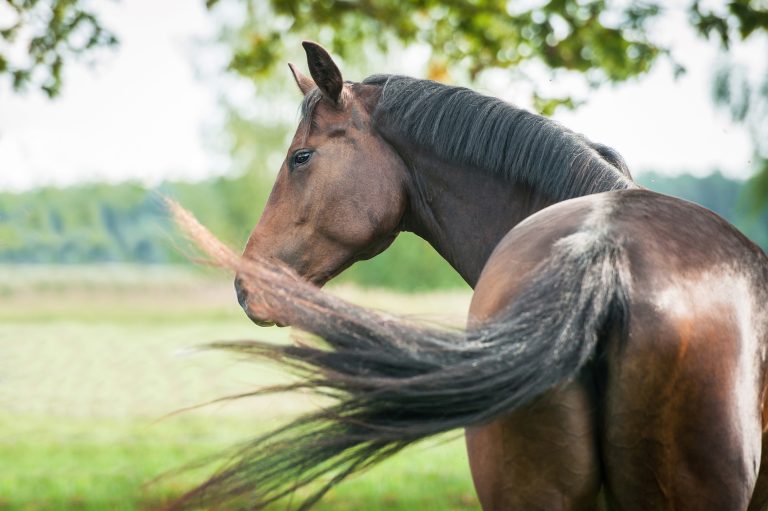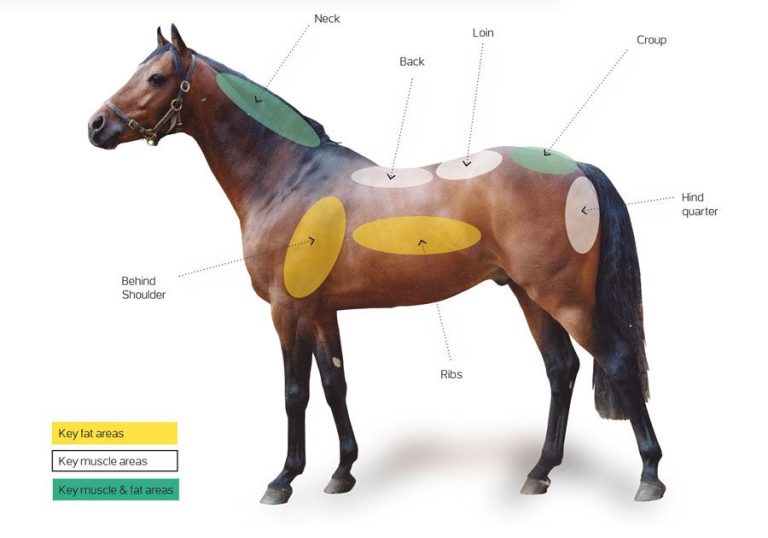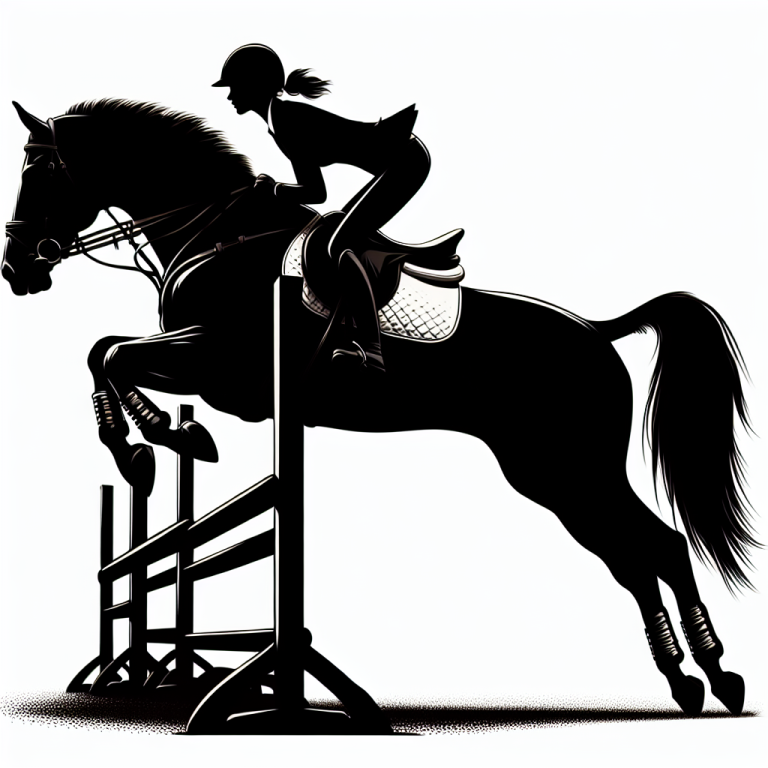If you’re looking to improve your showjumping skills and enhance the performance of your horse, it’s important to incorporate specific training exercises into your routine. Showjumping is not only about clearing fences, but also about developing agility, strength, and precision. In this article, we’ll explore some of the most common training exercises for showjumping horses, allowing you to take your riding to the next level and achieve new heights with your equine partner. Whether you’re a seasoned equestrian or just starting out, these exercises will help you and your horse excel in the exciting world of showjumping.
Table of Contents
ToggleGridwork exercises
Gridwork exercises play a crucial role in the training of showjumping horses. They help improve the horse’s balance, strengthen their muscles, and increase their overall jump technique. One of the most basic gridwork exercises is the use of ground poles. Ground poles are laid out in a straight line, equidistant apart, to encourage the horse to lengthen their stride and work on their rhythm. This exercise helps improve the horse’s timing and coordination.
Bounce exercises are another important aspect of gridwork training. Successive jumps are set up close together, allowing the horse to bounce between them. These exercises require the horse to engage their hindquarters and develop a quick and athletic jumping style. Bounce exercises are especially helpful for horses who tend to rush their jumps or have difficulty with their adjustability.
Swedish oxers are a popular type of gridwork exercise that consists of two parallel poles set at an angle to create a V-shape. This exercise teaches the horse to jump over the centre of the fence and encourages a rounder jumping technique. Swedish oxers also help the horse develop agility and control, as they need to navigate through a narrower space.
Course work exercises
Course work exercises simulate the actual experience of riding a showjumping course and help riders and horses fine-tune their performance. Lines and distances are an essential aspect of course work exercises. Riders practice riding different combinations of jumps set at specific distances to improve their ability to judge stride length and adjust their horse’s pace accordingly.
Combination exercises involve a series of two or more jumps set close together, requiring the horse to make quick and precise adjustments between each jump. These exercises strengthen the horse’s ability to collect and extend their stride, improving their manoeuvreability and jump quality.
Rollback exercises bring together both jumping and turning skills. These exercises require the horse to make a sharp turn immediately after landing from a jump. Rollbacks help horses develop agility, adjustability, and responsiveness to the rider’s aids. They are particularly beneficial for refining a horse’s ability to make tight turns on course.
Trot pole exercises
Trot pole exercises are effective for both the conditioning and training of showjumping horses. Single trot poles are set on the ground, allowing the horse to simply step over them. These exercises help improve the horse’s rhythm, balance, and coordination at the trot.
Raised trot poles are an advanced version of single trot poles. They are raised slightly off the ground, requiring the horse to lift their legs higher and engage their muscles more effectively. Raised trot poles help horses develop flexibility, strength, and the ability to maintain their balance while navigating uneven surfaces.
Offset trot poles involve setting multiple poles at different distances apart, requiring the horse to step over each pole with varying stride lengths. This exercise challenges the horse’s adjustability and encourages them to focus on maintaining their rhythm and balance throughout.
Canter exercises
Canter exercises are crucial for developing the horse’s adjustability, rhythm, and suppleness in their canter stride. Three-loop serpentine exercises involve riding a series of three loops in a row, changing direction at each loop. This exercise encourages the horse to balance and coordinate their canter strides while making continuous changes of direction.
Figure-eight patterns require the horse to canter around two points, creating a figure-eight shape. This exercise enhances the horse’s balance, adjustability, and suppleness through changes of direction and lead changes.
Broken line exercises involve riding a series of straight lines interrupted by turns, requiring the horse to adjust their stride length and direction efficiently. These exercises develop the horse’s responsiveness to the rider’s aids and their ability to quickly adapt to different jumps on a showjumping course.
Cavaletti exercises
Cavaletti exercises are valuable for both conditioning and improving a showjumping horse’s jumping technique. Single cavaletti exercises involve setting up a single raised pole for the horse to approach and navigate over. This exercise helps in developing the horse’s coordination, balance, and confidence in jumping.
Double cavaletti exercises involve setting up two raised poles side by side, with a distance between them. The horse is required to jump over both poles in one stride. This exercise aids in improving the horse’s bascule, timing, and athleticism during the jumping process.
Ladder cavaletti exercises are more advanced, involving a series of raised poles set in a ladder-like formation. The horse must navigate smoothly and with precision through the ladder, encouraging proper take-off and landing technique. Ladder cavaletti exercises develop the horse’s jumping technique, adjustability, and control.
Straightness exercises
Straightness exercises are fundamental for improving the horse’s alignment, balance, and overall jumping performance. Shoulder-in exercises focus on moving the horse’s shoulders inward while maintaining a straight body and forward movement. This exercise improves the horse’s suppleness, balance, and engagement of the hindquarters.
Haunches-in exercises involve moving the horse’s hindquarters inward while maintaining a straight body and forward movement. This exercise helps the horse develop coordination, lateral suppleness, and a more active hind end.
Leg-yield exercises require the horse to move their entire body diagonally while maintaining a straight body and forward movement. Leg-yield exercises enhance the horse’s lateral suppleness and coordination while improving their ability to maintain balance and engagement during jumps.
Lateral exercises
Lateral exercises are valuable for developing the horse’s flexibility, coordination, and responsiveness. Half-pass exercises involve moving the horse’s body diagonally while maintaining a slight angle toward the direction of travel. Half-pass exercises enhance the horse’s lateral suppleness, balance, and engagement of the hindquarters.
Travers exercises focus on moving the horse’s body diagonally while maintaining a slight angle away from the direction of travel. Travers exercises help the horse develop flexibility, coordination, and a more active hind end.
Renvers exercises involve moving the horse’s body diagonally while maintaining an opposite angle to the direction of travel compared to half-pass exercises. Renvers exercises enhance the horse’s lateral suppleness, balance, and engagement of the hindquarters, further improving their overall agility and coordination.
Pole work exercises
Pole work exercises offer a variety of benefits for improving a showjumping horse’s jumping technique. Bending poles are arranged in a curved line, requiring the horse to navigate a gentle arc while maintaining rhythm and balance. Bending pole exercises encourage the horse to use their body more effectively, improving their flexibility, coordination, and suppleness.
Jumping with poles involves incorporating raised poles into a jump, requiring the horse to navigate both the jump and the pole simultaneously. This exercise helps the horse improve their bascule, timing, and coordination during the jumping process.
Grids with poles consist of multiple raised poles set up in a grid-like pattern. The horse must navigate through the grid, requiring precise striding and adjustability between each pole. Grids with poles improve the horse’s coordination, balance, and athleticism, ensuring they are ready to tackle more complex showjumping courses.
Equitation exercises
Equitation exercises focus on rider position, balance, and effectiveness in aiding the horse during jumps. Two-point position exercises involve the rider rising out of the saddle, supporting their body weight with their legs and maintaining a light contact with the horse’s mouth. This exercise improves the rider’s balance, stability, and ability to follow the horse’s movement over jumps.
Light seat exercises involve the rider keeping a light seat in the saddle while allowing the horse’s movement to flow freely underneath them. This exercise enhances the rider’s ability to maintain a balanced position and effectively aid the horse while approaching and jumping over fences.
Counter canter exercises require the rider to canter on the opposite lead when approaching jumps. This exercise improves the rider’s ability to maintain control, balance, and coordination while executing complex jumping sequences.
Active riding exercises
Active riding exercises focus on developing the rider’s ability to communicate effectively with the horse and make precise adjustments, especially during jumps. Riding without stirrups strengthens the rider’s leg muscles and improves their balance, allowing for better communication and stability in the saddle.
Jumping out of hand exercises involve releasing the reins and allowing the horse to choose the take-off spot themselves. This exercise promotes trust between horse and rider and helps the rider become more adaptable and less dependent on the reins for guidance during jumps.
Working on tight turns exercises require the rider to navigate a course with numerous tight turns, practicing precise adjustments to maintain the horse’s balance and rhythm. This exercise enhances the rider’s ability to plan and execute tight angles and turns while maintaining control and balance.
In conclusion, incorporating a variety of training exercises into the routine of a showjumping horse is essential for their development and success in the sport. Gridwork exercises, course work exercises, trot pole exercises, canter exercises, cavaletti exercises, straightness exercises, lateral exercises, pole work exercises, equitation exercises, and active riding exercises each play a crucial role in improving the horse’s balance, technique, and responsiveness. By regularly practicing these exercises with consistency and precision, riders and horses can work towards achieving their full potential in the showjumping arena.
